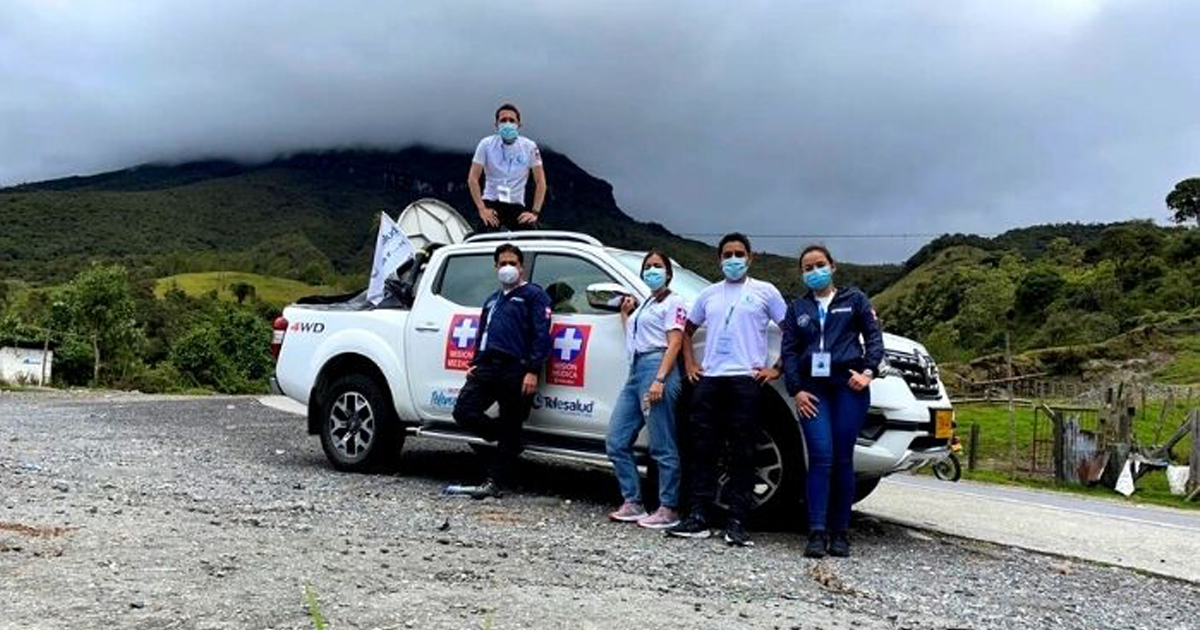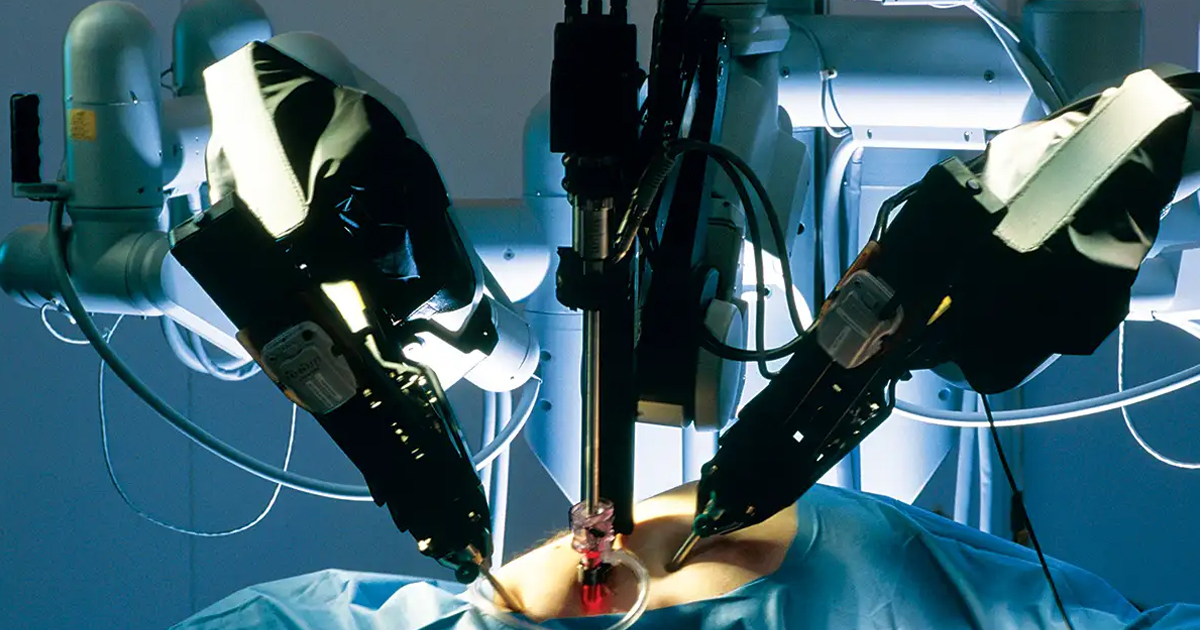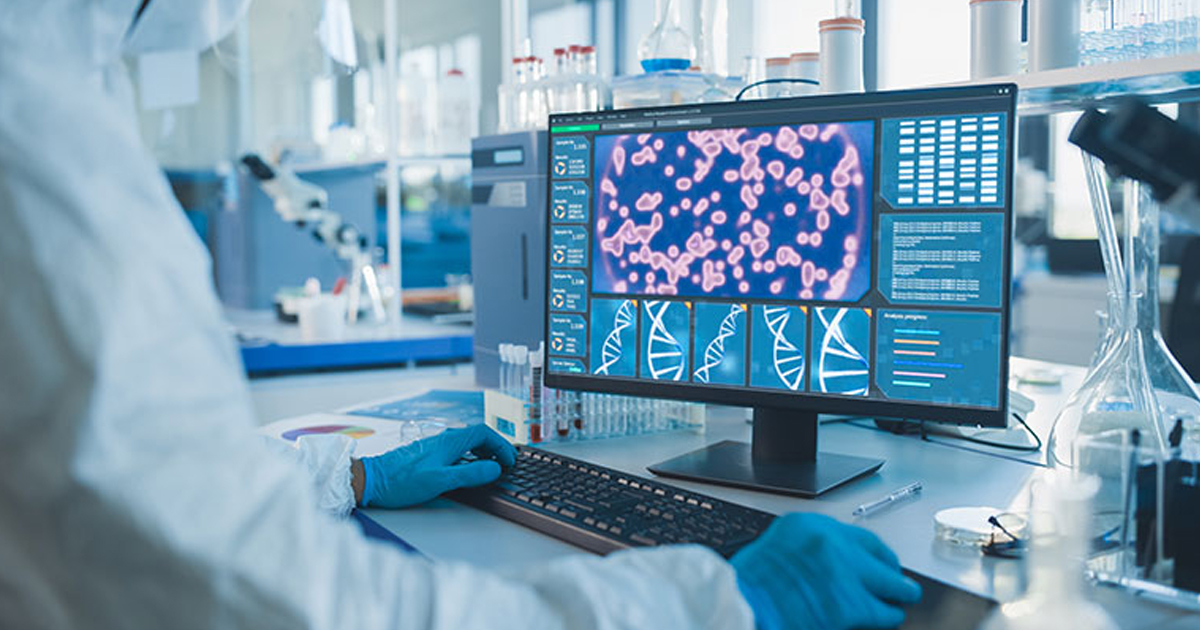Esta nueva tecnología se basa en un sistema no invasivo que permite encontrar los síntomas de la enfermedad sin la necesidad de tomar muestras de sangre.
Expertos de la Universidad Peruana Cayetano Heredia están a punto de finalizar un proyecto que ha sido aceptado por el Ministerio de Desarrollo e Inclusión Social para ser fondeado. Esto significa que aquellas muestras de sangre tan dolorosas, especialmente para los niños, podrían ser cosa del pasada en un futuro cercano.
El MIDIS optó por buscar métodos no invasivos que permitan diagnosticar este mal, que en Perú afecta al 43,5% de niños menores de tres años. También se trata de un asunto de inclusión pues el país sudamericano tiene áreas alejadas de cuidado médico que pueda ayudar a los infantes que necesitan de un diagnóstico certero. Con la nueva tecnología será posible proveer a los menos afortunados con una manera de monitorear a sus hijos.
Ante esta necesidad, el doctor Mirko Zimic y su equipo multidisciplinario de la UPCH lanzaron su propuesta y fue aceptada por el MIDIS. Con el financiamiento de Innóvate Perú desarrollaron un sistema simple, no invasivo y de bajo costo que determina los niveles de anemia en niños en solo segundos. Para que funcione no se necesitan equipos especiales, aunque sí conexión a Internet.
La manera en que la aplicación funciona es la siguiente: el primer paso es tomar desde un celular varias fotografías del párpado inferior del ojo del niño. A continuación se deben completar algunos datos básicos como edad y sexo. Esta información se envía a través de una app a un centro de datos ubicado en la universidad Cayetano Heredia. Allí, en tiempo real, los servidores reciben la información, procesan la imagen y hacen una estimación del nivel de hemoglobina para obtener el resultado final.
Para lograr los resultados más certeros, el equipo ha tenido que entrenar a un algorithm de inteligencia artificial. El doctor Zimic ha explicado que se han realizado más de 600 pruebas en formas de muestras de sangre a niños de Lima Norte y Canta.
Frente a la problemática de casi la mitad de niños con anemia en el país y al ver que no se cuenta con suficientes equipos portátiles para medir la hemoglobina ni tampoco con personal de salud que llegue a todos los rincones del país, surgen iniciativas como la de Mirko Zimic.









